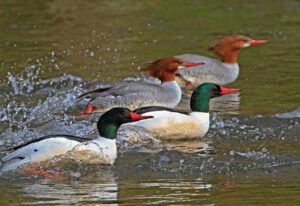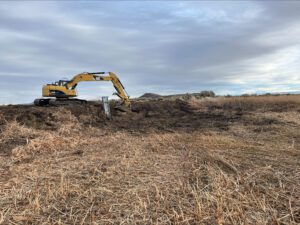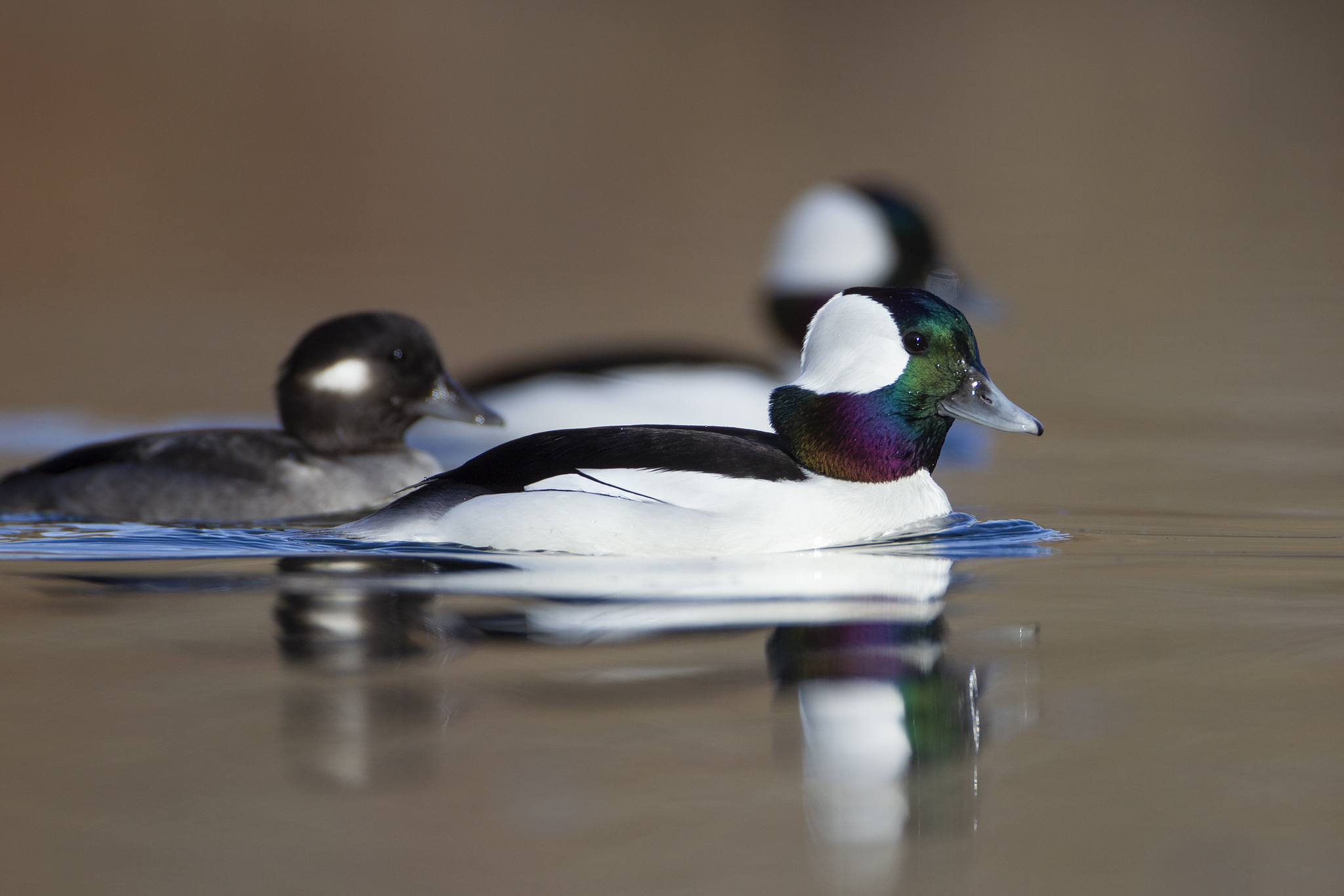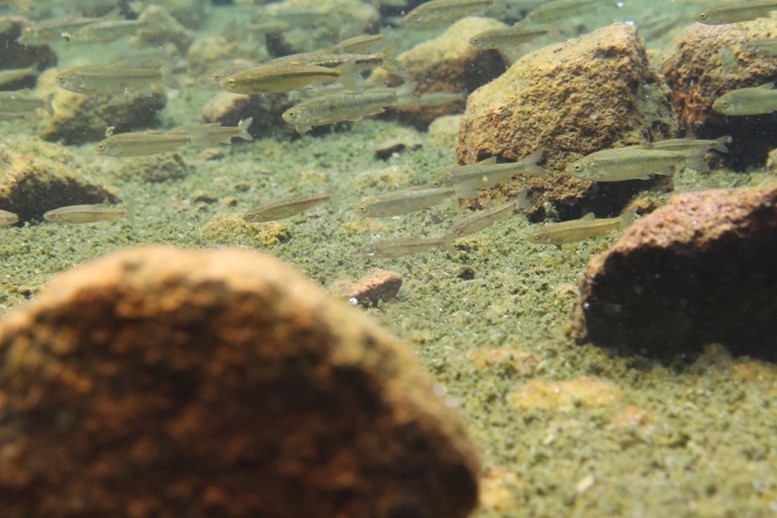Written by Alexa Martinez/ Photo by pnwmussels.org
Western ridged mussels (Gonidea angulate) are one of three native freshwater mussels that can be found in the Blitzen waters of Malheur National Wildlife Refuge. Not only are they one of the few native mussels found on the refuge, but Malheur NWR holds one of the oldest western ridge mussel colonies!
These mussels may not be flashy to look at or are cute and cuddly like a teady bear but are super cool in their own special way. In general, freshwater mussels are mollusks that produce a bivalved shell. The two valves are mirror images of each other and are connected by an elastic-like ligament along the dorsal hinge (mulluskconservation.org). A specific feature on western ridged mussels are their very distinctive ridge on its shell which gives it it’s name. They also have very strong age lines on the outer portion of their shell. Very much like aging tree rings, you can age a mussel by counting the rings on the outer shell.
Like all mussels, western ridge mussels are extremely important to the environment and the ecosystem. They are long lived species and are sensitive to environmental change which makes them great indicators for long-term degradation, or recovery, of aquatic ecosystems (molluskconservation.org). Mussels contribute to clean water, health fisheries, aquatic food webs and biodiversity, and functioning ecosystems. They are definitely a super species to help enhance riverbed habitat.
As cool as these mussels are, they are also going through a rough patch in their time. Historically this species would range from California all the way to British Columbia, Canada, as well as portions of Idaho. Research indicates that the species has experienced a significant reduction in range from the historic distribution (43%; Blevins et al. 2017a), with the southern extent of the species’ range in California having contracted northward approximately 475 miles as compared to the historic range. Live western ridged mussels were not detected at 46% of the 87 sites where it historically occurred and that have been recently revisited (xerces.org).
We are very lucky to have this species still existing in our rivers at Malheur NWR and we hope we can help and maintain our populations for future generations to enjoy!















